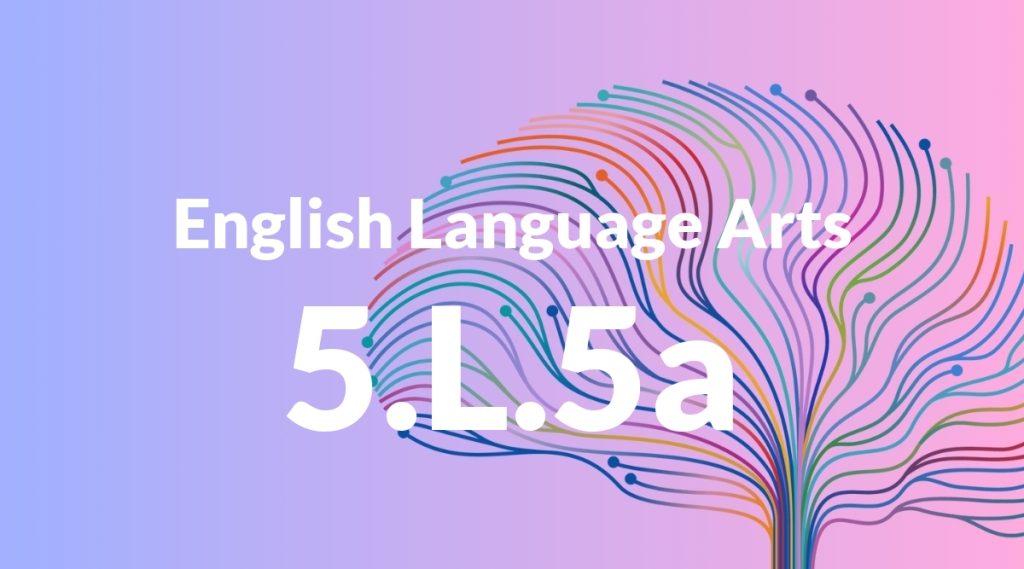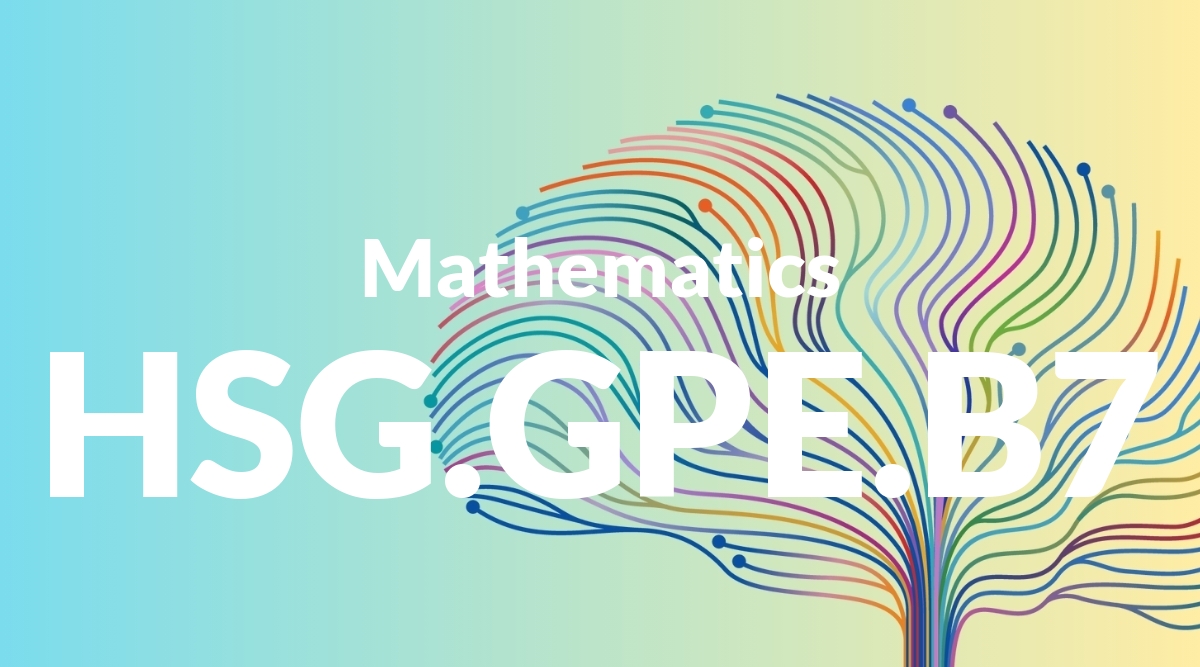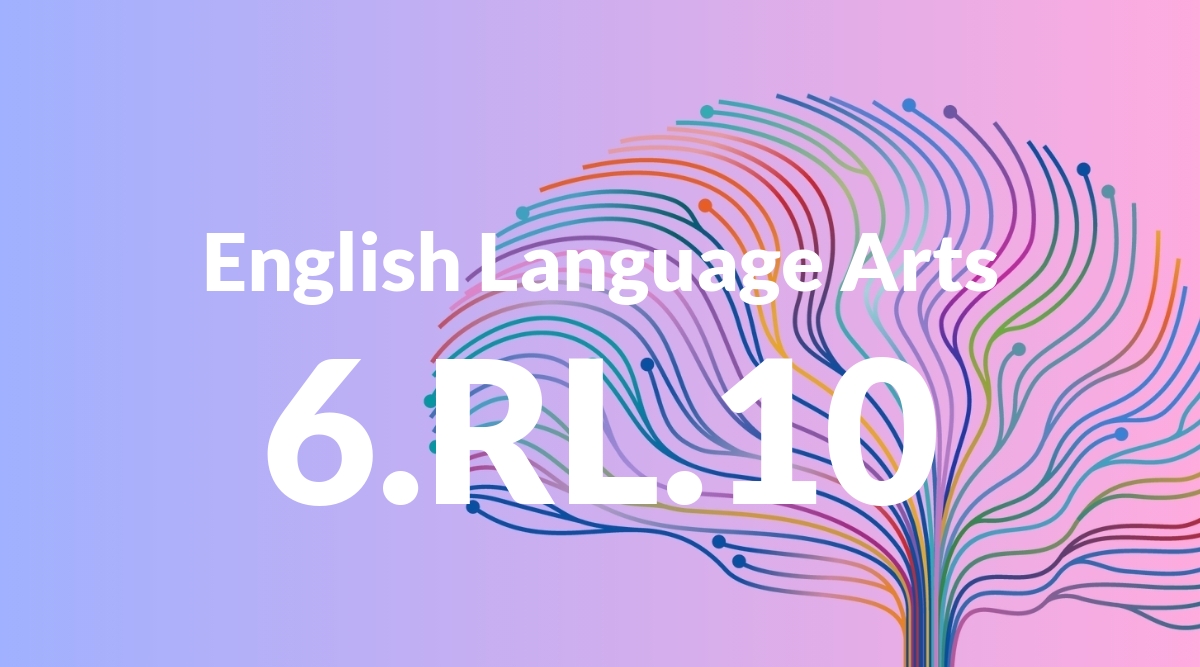Standard: 5.L.5 – Demonstrate understanding of figurative language, word relationships, and nuances in word meanings.
Grade level: Grade 5
Subject: English Language Arts
Domain: Language
Teacher Overview
This standard emphasizes the importance of understanding figurative language, word relationships, and nuances in word meanings, which are critical for developing advanced reading and writing skills. Mastery of this standard helps students interpret and use language more effectively. Students should be familiar with basic figurative language, common vocabulary, and simple word relationships before tackling this standard.
After mastering this standard, students will be able to analyze more complex texts and use advanced figurative language and nuanced word meanings in their writing and speech.
Common Misconception 1
A common misconception is that figurative language always has a literal interpretation. This is incorrect because figurative language often uses creative expressions to convey meanings that are different from the literal words.
Intervention 1
An effective intervention is to use visual aids and concrete examples to distinguish between literal and figurative language. Encourage students to create their own examples of figurative language.
Common Misconception 2
Another misconception is that synonyms are always interchangeable. This is incorrect because words can have similar meanings but different connotations and usage contexts.
Intervention 2
Provide students with context-rich examples and activities that highlight how different synonyms can change the tone and meaning of a sentence.
Prerequisite Knowledge
Students should have a basic understanding of literal vs. non-literal language, common vocabulary, and the ability to identify simple word relationships.
Subsequent Knowledge
Students will develop the ability to analyze more complex texts, understand advanced figurative language, and apply nuanced word meanings in their writing and speech.
Instructional Activities
- Create a figurative language scavenger hunt in literature books.
- Have students write poems using different types of figurative language.
- Conduct a class discussion on idioms and their meanings.
- Use graphic organizers to map out word relationships and nuances.
- Play word games that focus on synonyms, antonyms, and homophones.




